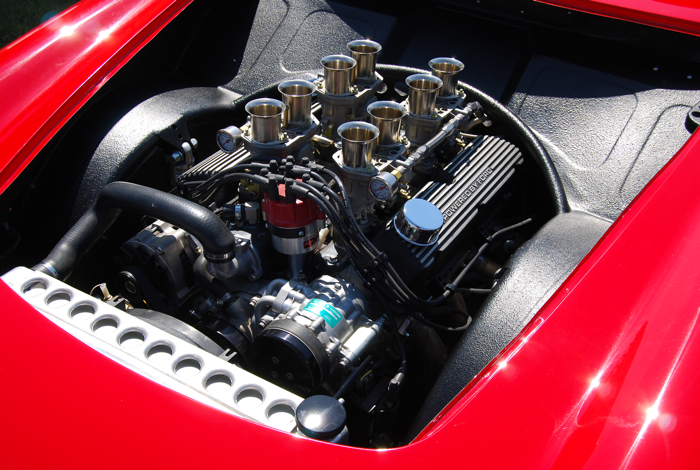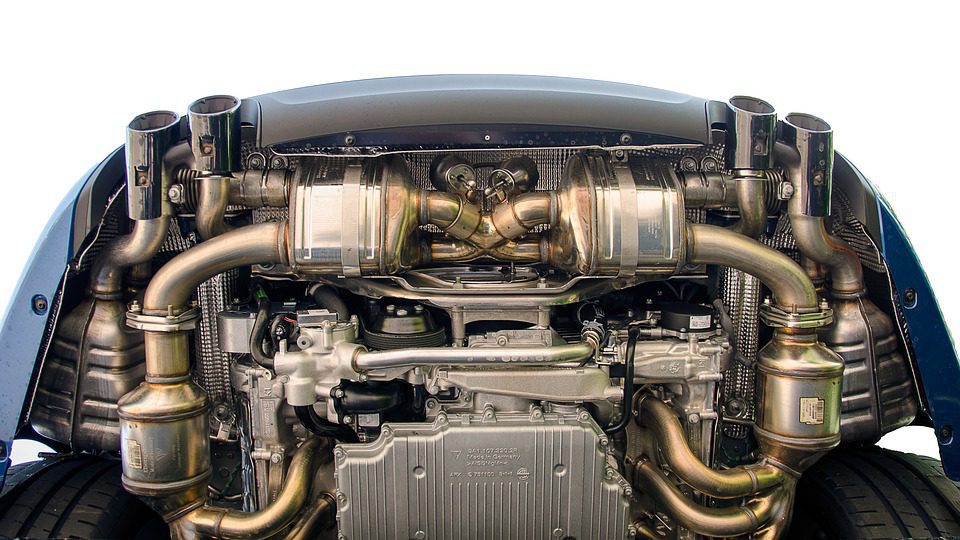Import Engines: A Comprehensive Guide to Finding the Right Fit
Checking Out the Most Recent Technical Innovations in Import Engines and How They Boost Driving Experience
In the realm of automobile engineering, the landscape of import engines is undergoing an extensive improvement driven by innovative technological advancements. From the advancement of turbocharged engines to the integration of hybrid innovation, the most up to date improvements are changing the driving experience in means formerly unbelievable. As import suppliers press the borders of efficiency and performance through enhanced gas shot systems and innovative engine administration options, the concern develops: Exactly how do these developments really impact the means we engage with our automobiles when traveling?

Advancement of Turbocharged Engines
In the auto sector, the advancement of turbocharged engines has actually substantially transformed the landscape of performance and performance. Turbocharging, as soon as mostly seen in high-performance sporting activities vehicles, has currently come to be a mainstream technology taken on by a wide variety of lorries, from portable hatchbacks to luxury sedans. The fundamental concept behind a turbocharged engine is straightforward yet effective - forcibly more air right into the combustion chamber, it allows even more gas to be melted, causing raised power outcome.
Among the key benefits of turbocharged engines is their capability to deliver even more power from smaller, extra fuel-efficient engines. This downsizing trend has actually resulted in a reduction in exhausts without endangering efficiency, making turbocharging an attractive alternative for automakers making every effort to satisfy stringent ecological policies. Turbocharged engines supply improved torque at reduced RPMs, providing motorists with a more vibrant and receptive driving experience.
As innovation remains to development, we can anticipate additional developments in turbocharging, bring about also better levels of efficiency and effectiveness in the auto market.
Advancements in Fuel Shot Equipments
With the continuous progression of auto technology, considerable improvements have actually been made in gas injection systems. Modern fuel shot systems have developed to supply fuel much more efficiently and exactly right into the engine cyndrical tubes, enhancing total engine performance and fuel effectiveness. One of the key innovations in fuel shot systems is the shift from typical port gas injection (PFI) to advanced direct fuel shot (DFI) modern technology. DFI systems inject fuel straight into the burning chamber at high stress, resulting in better gas atomization and burning, resulting in improved power outcome and reduced discharges.
Additionally, the integration of digital control devices (ECUs) and sensing units in fuel injection systems has actually permitted real-time adjustments to fuel delivery based on different aspects such as engine load, temperature level, and driving problems. This level of precision makes certain ideal fuel-air mix ratios, optimizing engine performance while decreasing gas intake and discharges. Additionally, innovations in fuel injector design, products, and spray patterns have added to cleaner combustion and smoother engine operation. Finally, the continual developments in fuel shot systems play a vital role in boosting driving experience by offering better performance, gas economy, and environmental kindness.
Assimilation of Hybrid Innovation
The development of gas shot systems towards higher performance and efficiency has set the phase for the smooth integration of hybrid modern technology right into contemporary engines. Hybrid innovation integrates using traditional interior combustion engines with electrical propulsion systems, supplying boosted fuel effectiveness and decreased exhausts. By integrating electric motors and batteries into the powertrain, hybrid engines can supplement the interior burning engine throughout velocity or low-speed driving, therefore boosting overall performance.

Enhanced Engine Monitoring Equipment
What are the vital developments in engine administration systems that are boosting the efficiency and performance of modern-day engines? Engine management systems have actually gone through substantial developments to maximize engine efficiency and performance. One crucial technology is the assimilation of innovative sensing units that constantly keep best site track of different criteria such as engine temperature level, air-fuel ratio, and exhaust discharges. These sensors offer real-time data to the engine control unit (ECU), enabling precise changes to be made to maximize combustion processes and gas performance.
Furthermore, modern-day engine administration systems utilize innovative formulas and expert system to assess the data collected by sensing units and make dynamic changes to elements such as ignition timing, fuel shot, and turbocharger boost stress. This level of accuracy and versatility cause enhanced engine responsiveness, boosted power output, and lowered fuel intake.
Furthermore, engine monitoring systems now include sophisticated analysis capacities that can identify and resolve problems such as misfires, sensor breakdowns, and fuel system abnormalities in real-time, thereby improving overall engine dependability and long life. These developments in engine monitoring systems play an important duty in improving the driving experience by delivering optimum efficiency, fuel performance, and reliability.
Effect of Lightweight Products
Incorporating lightweight products in engine production has reinvented the auto industry's technique to improving gas effectiveness and performance. The usage of products such as carbon titanium, aluminum, and fiber has considerably reduced the total weight of engines, leading to enhanced power-to-weight ratios and boosted gas economy. These lightweight materials provide a higher strength-to-weight ratio compared to conventional materials like steel, allowing for greater sturdiness without endangering efficiency.
Among the vital advantages of making use of light-weight products in engine building and construction is the decrease of inertia, leading to quicker engine feedback times and improved overall automobile dexterity. In addition, the lighter weight adds to reduce energy usage, making cars much more ecologically friendly by reducing exhausts.
Moreover, the execution of lightweight products in engine parts such as pistons, connecting poles, and crankshafts has enabled engineers to press the limits of performance without sacrificing reliability (import engines). This technology has actually led the way for much more efficient and powerful engines that supply a premium driving experience while satisfying strict emissions criteria
Final Thought
Finally, the most up to date technical advancements in import engines have significantly improved the driving experience. From the development of turbocharged engines to advancements in gas injection systems, assimilation of crossbreed technology, boosted engine management systems, and making use of lightweight products, other these advancements have jointly enhanced efficiency, gas performance, and general driving dynamics. As modern technology remains to breakthrough, we can expect also more amazing developments in the future of import engines.
Modern gas shot systems have advanced to deliver gas much more efficiently and precisely right into the engine cylinders, boosting overall engine performance and gas efficiency - import engines. By integrating electrical motors and batteries into the moved here powertrain, hybrid engines can supplement the inner combustion engine during acceleration or low-speed driving, thereby boosting general performance
What are the key developments in engine monitoring systems that are boosting the performance and effectiveness of modern engines? Engine monitoring systems have actually undertaken significant developments to optimize engine efficiency and performance. From the evolution of turbocharged engines to improvements in gas shot systems, assimilation of hybrid technology, enhanced engine monitoring systems, and the use of light-weight materials, these technologies have jointly enhanced efficiency, fuel performance, and general driving characteristics.